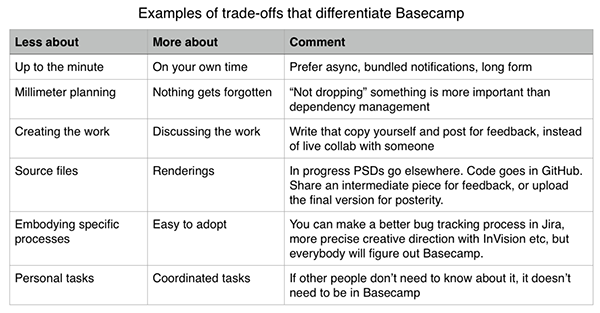We're a little over three months into working on our startup studio, Assembler Labs. (Detroit's startup studio -- spread the word!) I've been in Detroit for one month and since then, we've been cranking on ideas. As we get our hands dirty, I'm noticing a fun tension we're going to have to get really good at controlling: how to balance the urgency to kill ideas with the need to be patient for results.
One of our theses is that, as a startup studio, we increase the likelihood of our success by shutting down dud ideas as quickly as possible so we can move onto great ideas. This way we're more efficient with our limited time and resources and reduce our opportunity costs.
"You better get really good at sussing out whether an idea can be great or not ASAP," you might think. And you'd almost be right.
An entrepreneur and investor we recently met in Chicago reiterated what Ian and I often discuss: you need to build a business around the problem -- not a solution. This is probably a blog post itself, but when I think of a problem, I think of its components: the customer, the problem, and the customer's willingness to pay for a solution to that problem.
These components -- and the dynamics between them -- make up your market. Talking to potential customers about a problem we're currently working on reinforced this for me: the willingness to pay is a function of your product, not the other way around. Your goal is to build a product that maximizes that willingness and the amount paid. As such, your product will naturally change, a lot.
So, ultimately, we need to be exceptional at selecting and prioritizing fantastic markets with valuable problems.
Focusing on problems can feel bad, though. The trouble (or, at least it can feel like trouble) is that sometimes you need to dig around in a problem for a while before you land on a viable (read: valuable) product/solution. This can feel really bad. It can feel like you're not making any progress and you're going down a rabbit hole. It can make you impatient if you let it.
Sadly, impatience can lead you to prematurely abandon an exceptional market before you gave it the time it needs. Markets -- and of course problems -- vary widely in complexity, but it can be easy to forget.
We need to pay attention to that bad feeling, but curb it. We need to urgently test our hypotheses, but be okay soaking in a problem we think is worthwhile. We're not going to hit the ideal solution on the first shot (but if you have, let's talk).
As a startup studio and inherently working at the earliest stage possible, we realize that ideas and products will mutate over time as they're bombarded by customer feedback, competitive emergence and disappearance, and behavioral trends. That's fine. But we need to only pick great markets, then repeatedly hurry up and wait.




